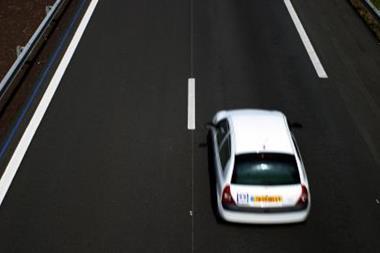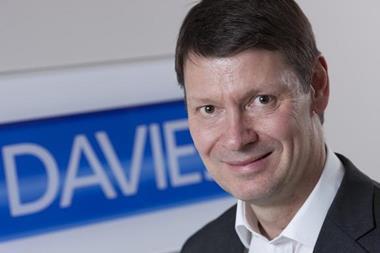With people still largely unaware of their digital footprints, insurers are turning to social media to help fight fraudulent claims
Graham Loveday had no idea that posting his holiday snaps on Facebook would land him in so much trouble, but the photographs showing him enjoying a break at the Italian Lakes played a critical role in helping an insurer prove that he had committed fraud, resulting in a nine month jail sentence.
Loveday, a 54-year-old lorry driver, had sued elderly motorist Edward Neild for a six-figure sum for psychiatric and back injuries, plus a lost earnings claim of over £25,000 a year. But his Facebook page proved that his claim that his injuries had left him housebound was false. Acromas, which owns Saga and AA Insurance, was able to combine this with surveillance evidence to win a case in the High Court against Loveday in July.
The case highlights how useful social media – web and mobile-based communication tools like Facebook and Twitter – can be in identifying fraud, but bear in mind that it’s not a silver bullet.
Connecting with criminals
Social media is mainly being used at the claims stage to either investigate whether people know each other or, as in the Loveday case, to check locations or activities. Glenn Marr, director of the Insurance Fraud Bureau, says social media is now used routinely in investigations. “We find websites like Facebook very useful in linking people together and therefore helping proving conspiracy, especially in motor insurance,” he says.
Facebook played a crucial role in the lead case in this area, the High Court case of Locke v Stuart and AXA Corporate Solutions in February. Suspicions were aroused when nine personal injury claims were found to have common features, including cars hired briefly on Merseyside. AXA found the nine claimants were part of the same social circle on Facebook, which helped to prove a conspiracy to defraud.
Meanwhile, LV= recently discovered that a group of passengers claiming for injuries incurred when their bus crashed – at a very low speed – were Facebook friends with the driver. This helped to prove fraud, saving LV= £250,000.
Adding it up
Social media can also be useful at the policy stage. LV=’s head of financial crime operations Ursula Coulibay says the insurer uses it to check suspicious information: “If someone wants to insure a certain type of building in an area that doesn’t seem to match up, we can use Google Maps to look at the area and see whether the property looks as if it’s being used for the purpose stated.”
Google Maps can also be used to investigate a customer who claims to live in one area but has asked to receive mail at another address, says Coulibay. “The system can give us an idea of whether, say, a vehicle is being parked where it is supposed to be.”
As useful as all this sounds, there are some catches. Firstly, you can only use publicly available information. Stuart Smith is head of fraud at law firm Weightmans and worked on the Locke case. He warns: “It is important to ensure that the information gathered is freely available on the social networking site to any member of the public.” This means, for example, only taking information from Facebook profiles whose privacy settings allow anyone to view them. Otherwise you risk the evidence being inadmissible.
The tip of the iceberg
The second catch is that social media-based evidence is unlikely to ever be sufficient on its own to prove fraud. In both the Loveday and Locke cases, Facebook evidence was only part of the evidence used. Cath Williams, business development director, investigation services, Cunningham Lindsey, says: “We never solely reply on information from social media as it tends to provide circumstantial evidence that must then be backed up.”
For example, if people are following each other on Twitter the next stage is to find out more. You would then employ methods ranging from interviewing the claimants to checking databases to see whether they have lived close to each other or attended the same school.
Relying on ignorance
The third issue is that the evidence is only available when people are sufficiently naive to leave a digital trail in the public domain. Usefully for insurers, this naivety seems to be widespread. Williams says: “People seem to think that insurers are not sophisticated enough to check their social media activity but they do not realise that we investigate fraudulent claims in much the same way as a criminal investigation proceeds.”
There is a risk that fraudsters will become increasingly savvy, and start covering their tracks. Simultaneously, the fast-changing nature of social media may also provide them with new ways of doing so.
Richard Davies, group fraud director, AXA UK, is not worried, however: “We are all leaving an increasingly large digital footprint. Take, for example, the fact that iPhones allow a person’s location to be tracked on a second by second basis – something few people seem to realise.” All this means, he says, that social media will only become more useful in catching people committing fraud.






































No comments yet